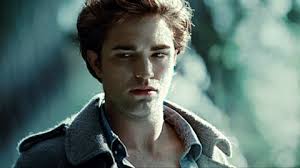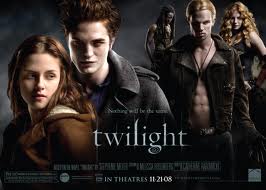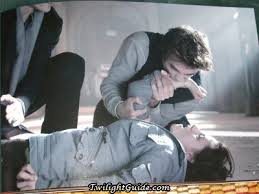James Cameron’s Avatar (2009) became the highest grossing film in history when he used cutting edge motion capture technology to introduce the world of Pandora. I am glad that this was my first time watching the film, because I must admit that the visual effects are mesmerizing. There is something completely different about Pandora and the Na’vi that an audience cannot find anywhere else accept in Cameron’s imaginative film. Despite its uniqueness however, Avatar has easily recognizable stereotypes about the female body.
To begin, I must point out that male bodies dominate the film. The first female character, with a name—Grace—does not appear until ten minutes into the movie, and even then, she is only one of four females in a list of thirteen named characters. The military presence on Pandora is heavily male. Female extras play office-assistant type roles, while only men are deployed to fight in the jungle. Similarly, the Chief of the tribe, Eytukan, is male while the spiritual leader, Mo’at, is female. Throughout the film, female bodies are placed in supportive roles to male bodies. The most poignant example of this is when Jake takes charge of the clan to lead them to battle. In this scene at the Tree of Souls, he finishes speaking to the crowd, takes Neytiri’s hand, dragging her behind him, then lifts her on to the Toruk and takes off with her riding behind him. This moment reflects the rest of the film so well because in this instance, the female body is used almost as an accessory—an object—to the ruling power of a man. He simply does what he wants with her, despite that the audience has certainly seen her to be very capable on her own. Ultimately, however, the Jake holds power and can use the female body as he sees fit.
At first glance, I thought that the Na’vi all had the same features; same body, same tail, same hair, same skin, same eyes, nose, etc. What I came to realize was that they do all seem similar, but when examined more closely through a critical lens, there are defined differences between male and female bodies within the tribe. The Na’vi all have the same blue skin tone, and tall, 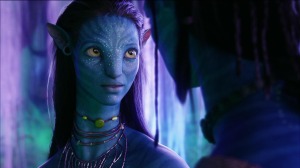 lean body types, but there is a feminine edge that distinguishes Neytiri from Jake. I will use these two characters as a typical comparison. Neytiri wears much more jewelry than Jake. She has beads braided into her
lean body types, but there is a feminine edge that distinguishes Neytiri from Jake. I will use these two characters as a typical comparison. Neytiri wears much more jewelry than Jake. She has beads braided into her  hair as well as earrings. The accessories she wears around her neck also serve to cover up her small breasts, and she wears a small cloth to cover up the bottom of her. Her body, while very similar to Jake’s, is smaller. Not surprising, but still very notable. While Jake has wide shoulders that drastically taper to a
hair as well as earrings. The accessories she wears around her neck also serve to cover up her small breasts, and she wears a small cloth to cover up the bottom of her. Her body, while very similar to Jake’s, is smaller. Not surprising, but still very notable. While Jake has wide shoulders that drastically taper to a 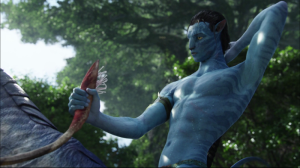 narrower waist, Neytiri is petite all over. Her shoulders, arms and waist are all smaller in diameter than Jake’s, and, while she is certainly lean in stature, Jake’s muscles are much more defined. These gendered characteristics can be applied to all
narrower waist, Neytiri is petite all over. Her shoulders, arms and waist are all smaller in diameter than Jake’s, and, while she is certainly lean in stature, Jake’s muscles are much more defined. These gendered characteristics can be applied to all  the Na’vi characters in the film. Even Grace’s avatar body is less clothed than the male avatars at the beginning of Jake’s adventure. She too wears necklaces and beads in her hair.
the Na’vi characters in the film. Even Grace’s avatar body is less clothed than the male avatars at the beginning of Jake’s adventure. She too wears necklaces and beads in her hair.
I was almost taken aback when I did discover these gendered body images. In such an imaginative and alternative film, I thought that gender norms could be broken down, and not only that, but it might certainly be easier to accomplish by creating a new species. Remarkably, however, the Na’vi have the same gender regulated bodies as humans and with the same implications too. Ultimately, bodily differences between the male and female Na’vi serve to make the woman smaller and less powerful. The additional jewelry and earrings are gendered, but so is the way that the body is pronounced. The dominant muscles in the males give them stength over the feminine body. Additionally, while the hair among the Na’vi is similar across genders, the eyes are slightly distinct. Neytiri has much bigger and rounder eyes than Jake’s narrower almond shaped eyes, as shown in the image below. This holds for the rest of the clan as well. The gendered difference in animation here accentuates innocence within the female body, again putting them in a submissive position to the male bodies around them.
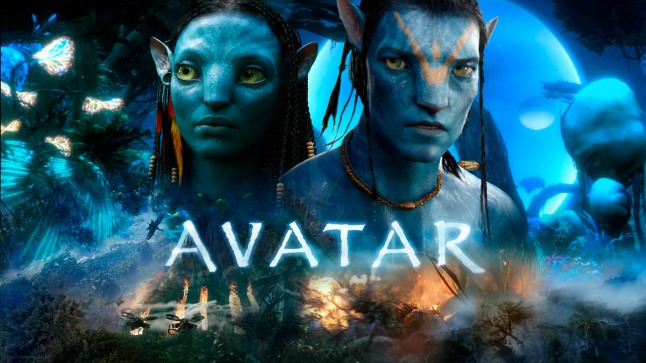
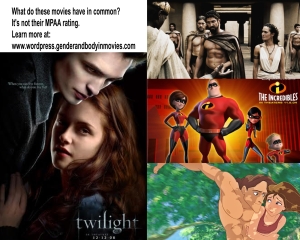


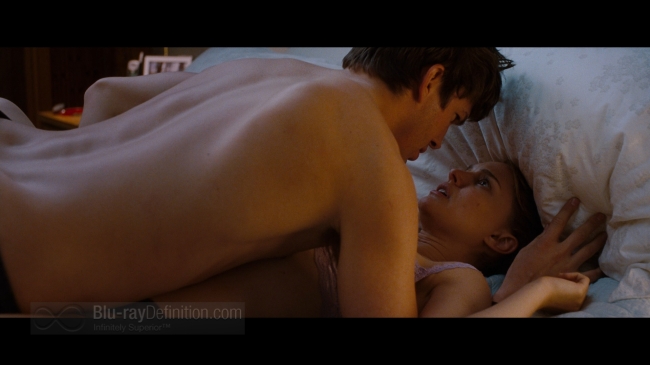

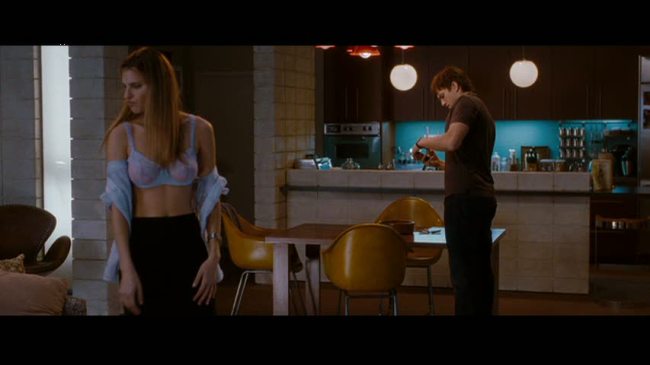

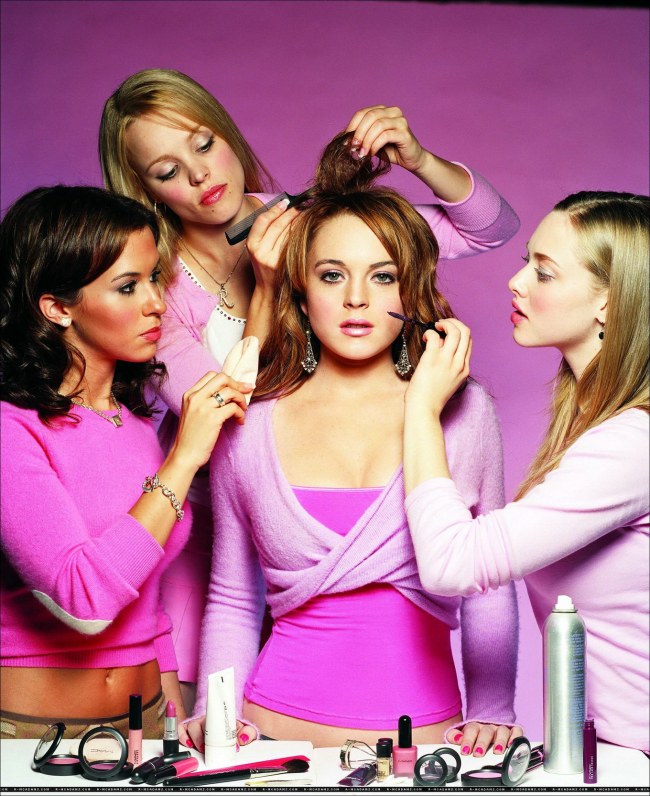
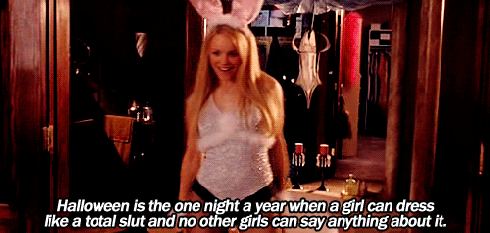

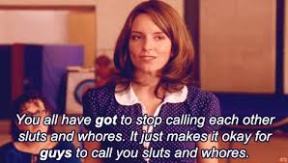
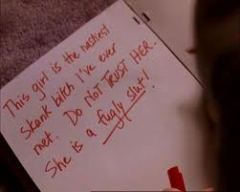

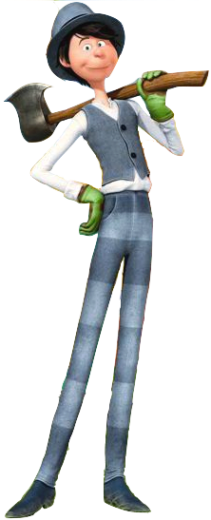
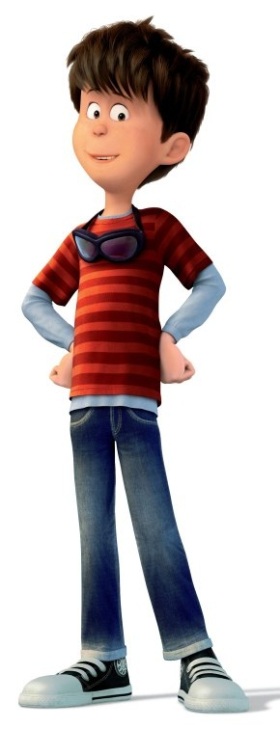
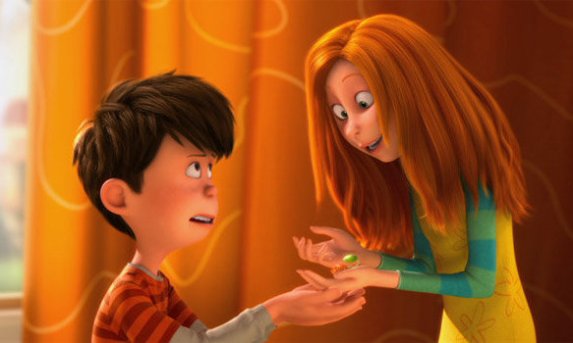
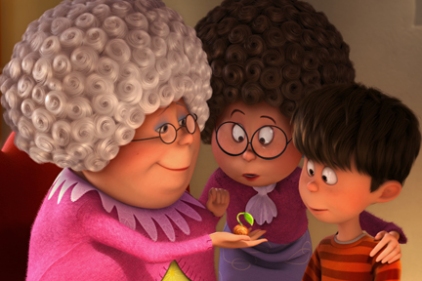
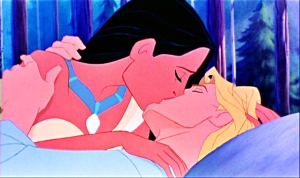
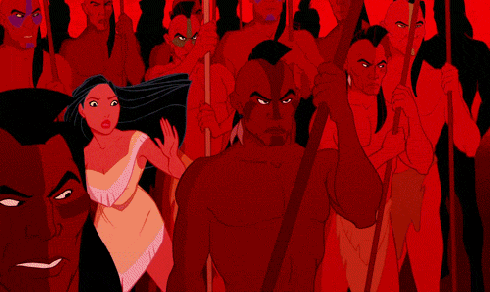
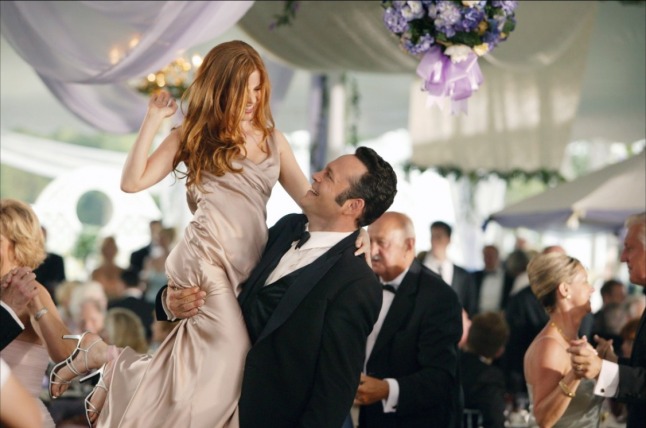
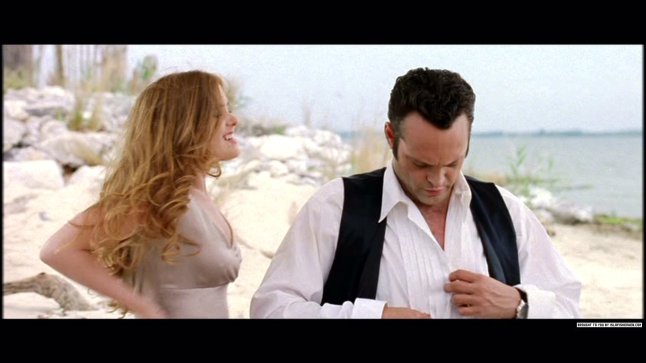
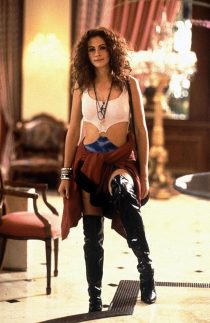
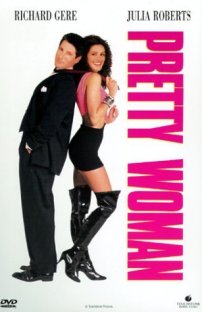

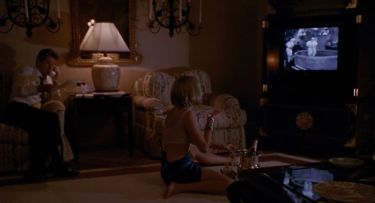
 hair as well as earrings. The accessories she wears around her neck also serve to cover up her small breasts, and she wears a small cloth to cover up the bottom of her. Her body, while very similar to Jake’s, is smaller. Not surprising, but still very notable. While Jake has wide shoulders that drastically taper to a
hair as well as earrings. The accessories she wears around her neck also serve to cover up her small breasts, and she wears a small cloth to cover up the bottom of her. Her body, while very similar to Jake’s, is smaller. Not surprising, but still very notable. While Jake has wide shoulders that drastically taper to a  narrower waist, Neytiri is petite all over. Her shoulders, arms and waist are all smaller in diameter than Jake’s, and, while she is certainly lean in stature, Jake’s muscles are much more defined. These gendered characteristics can be applied to all
narrower waist, Neytiri is petite all over. Her shoulders, arms and waist are all smaller in diameter than Jake’s, and, while she is certainly lean in stature, Jake’s muscles are much more defined. These gendered characteristics can be applied to all  the Na’vi characters in the film. Even Grace’s avatar body is less clothed than the male avatars at the beginning of Jake’s adventure. She too wears necklaces and beads in her hair.
the Na’vi characters in the film. Even Grace’s avatar body is less clothed than the male avatars at the beginning of Jake’s adventure. She too wears necklaces and beads in her hair.